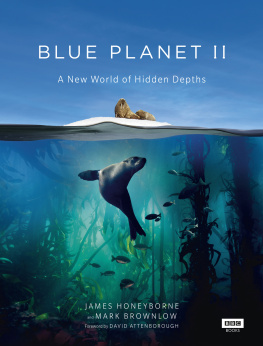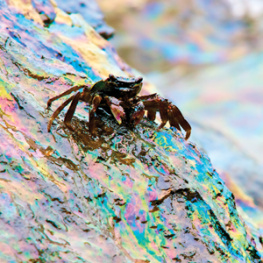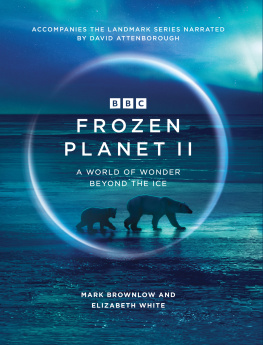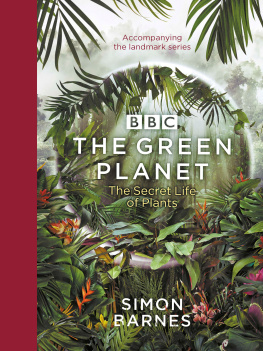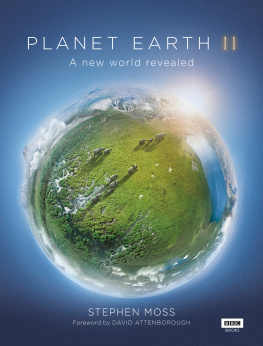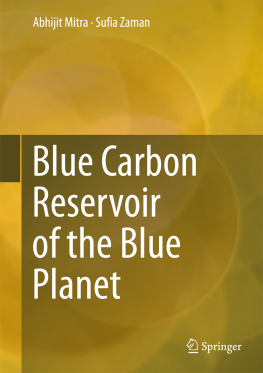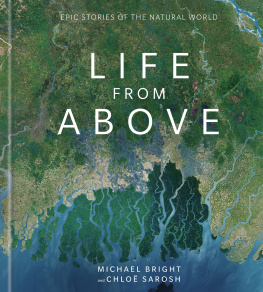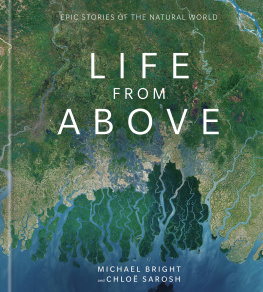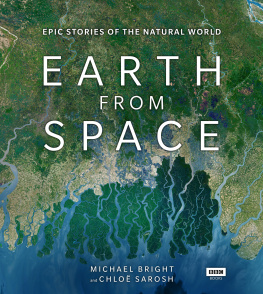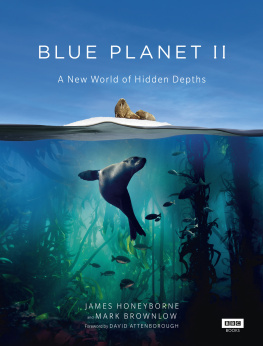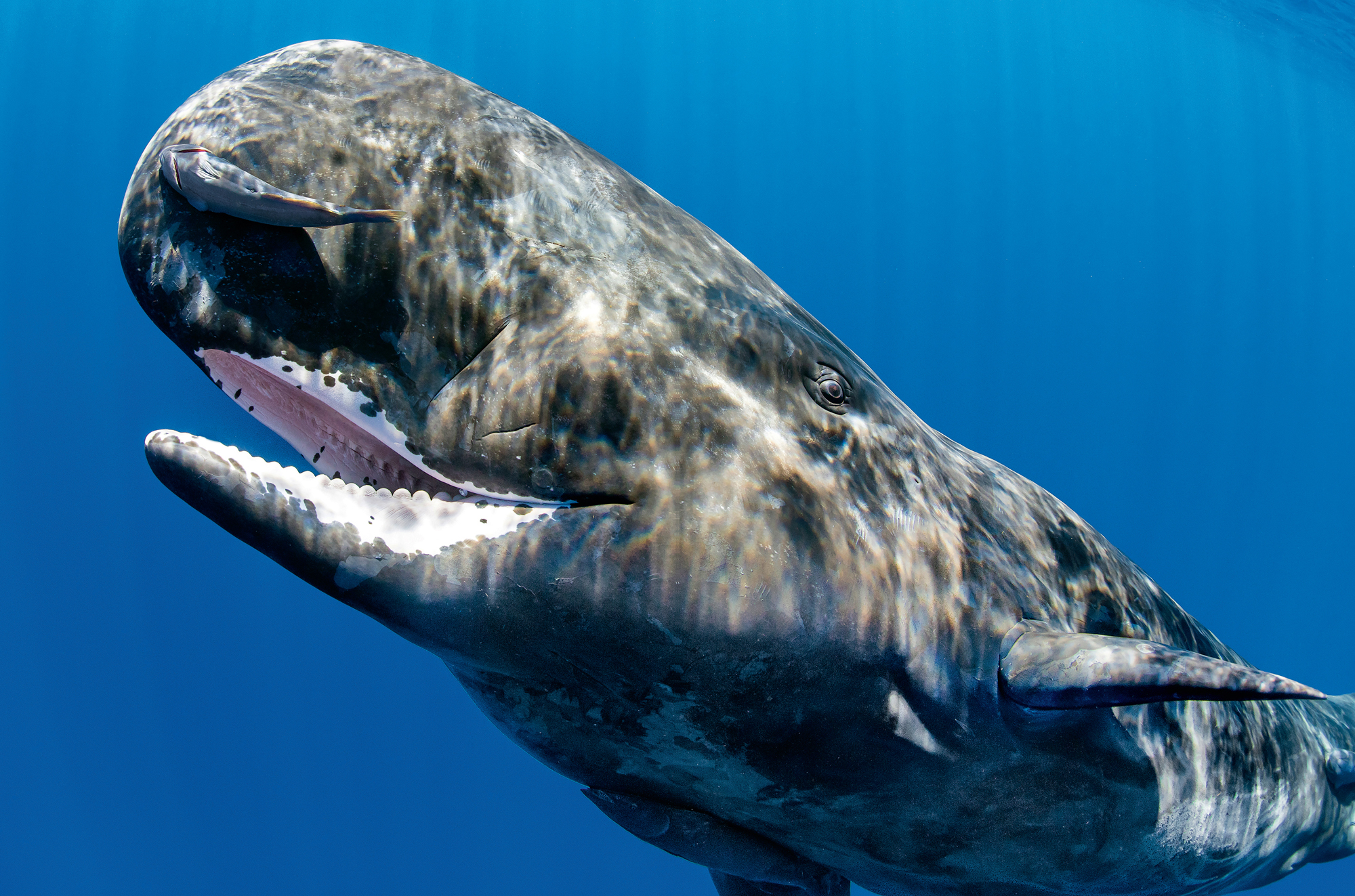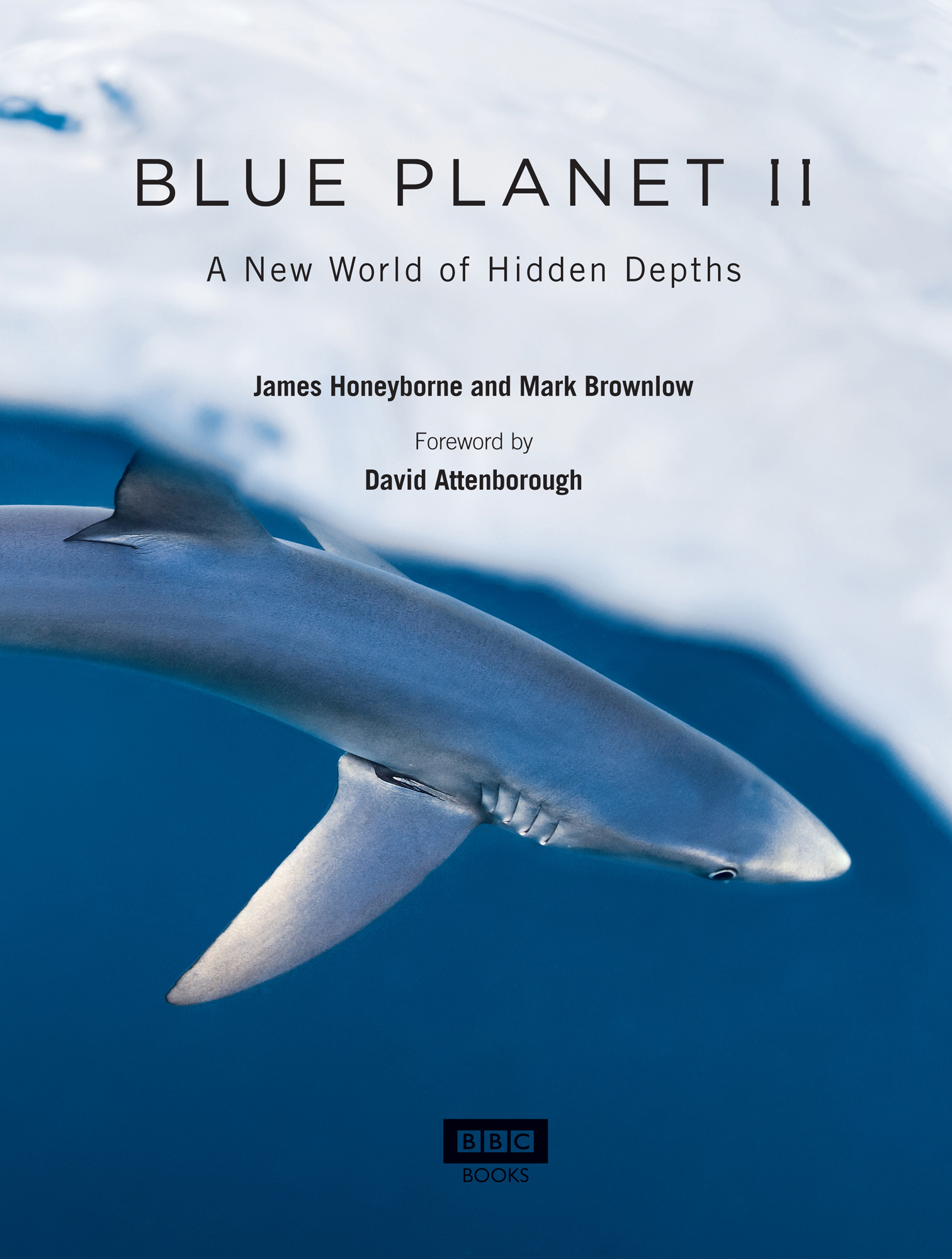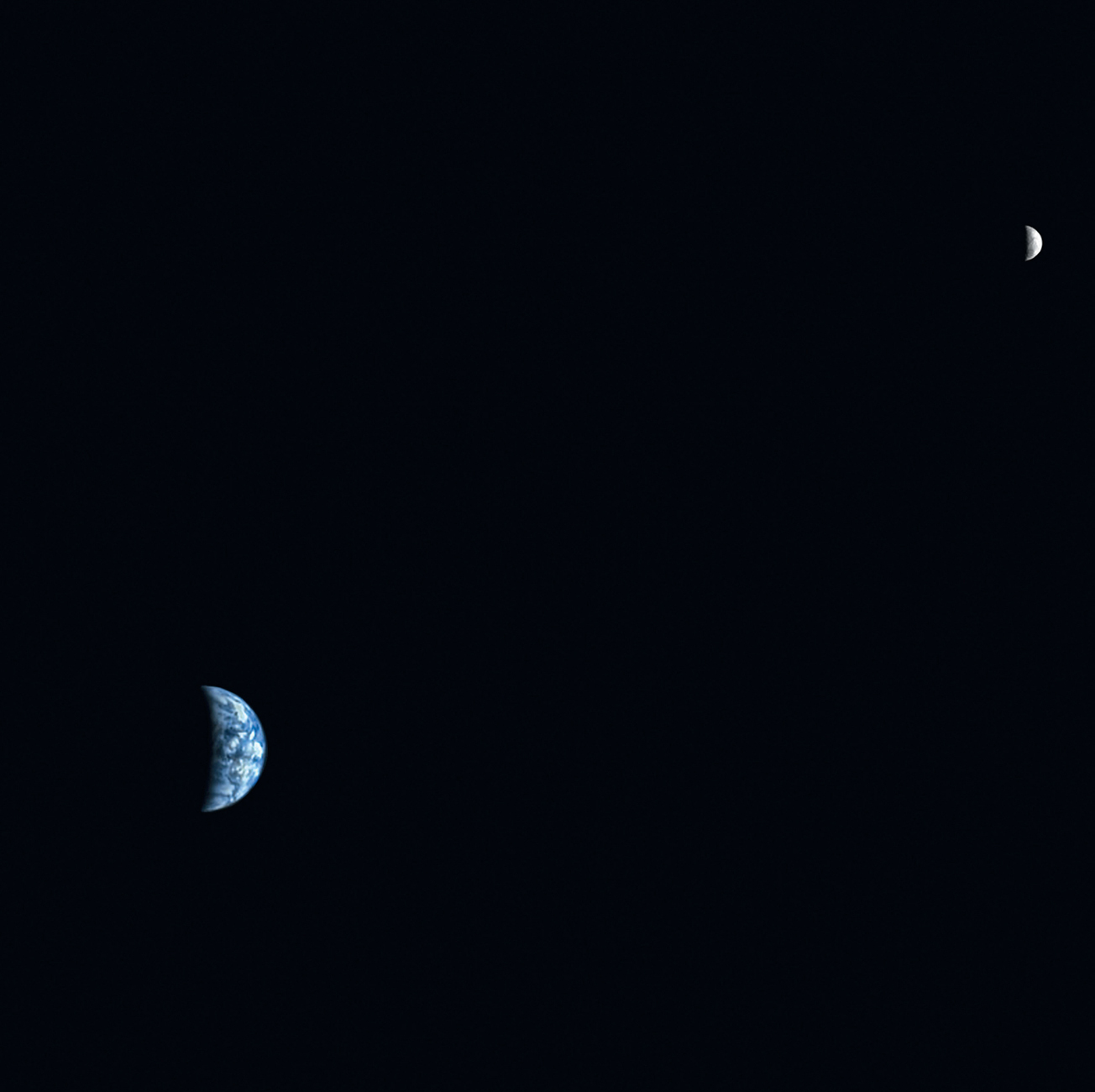Contents
This ebook is copyright material and must not be copied, reproduced, transferred, distributed, leased, licensed or publicly performed or used in any way except as specifically permitted in writing by the publishers, as allowed under the terms and conditions under which it was purchased or as strictly permitted by applicable copyright law. Any unauthorized distribution or use of this text may be a direct infringement of the authors and publishers rights and those responsible may be liable in law accordingly.
Epub ISBN: 9781473530072
Version 1.0
1 3 5 7 9 10 8 6 4 2
BBC Books, an imprint of Ebury Publishing,
20 Vauxhall Bridge Road,
London SW1V 2SA
BBC Books is part of the Penguin Random House group of companies whose addresses can be found at global.penguinrandomhouse.com

Copyright Mark Brownlow and James Honeyborne 2017
Mark Brownlow and James Honeyborne have asserted their right to be identified as the authors of this Work in accordance with the Copyright, Designs and Patents Act 1988
This book is published to accompany the television series entitled Blue Planet II first broadcast on BBC One in 2017.
Executive producer: James Honeyborne
Series producer: Mark Brownlow
First published by BBC Books in 2017
www.penguin.co.uk
A CIP catalogue record for this book is available from the British Library
ISBN: 9781849909679
Foreword
David Attenborough
The first time I saw a swimmer hit a shark on the nose with a camera was in 1956. A film editor in a cutting room next to the one in which I was working burst in excitedly and asked me to come and look at something special. I went next door and there on the flickering screen of his editing machine was the image of a huge shark. He pressed a button. The shark came to life and swam directly towards camera. I could see, only too clearly, rows of white triangular teeth lining its jaws. It came closer and closer until its head filled the screen the camera lost focus and jolted there was a brief glimpse of grey flank and the shark disappeared into blackness.
The film had been shot in the Red Sea, by a young Viennese biologist named Hans Hass. He had been one of the first to take up the newly popular sport of underwater swimming that had recently been made possible by a device called the demand valve. This had been invented during the Second World War by a French naval officer, Jacques Cousteau, and it enabled a swimmer to breathe from compressed air carried in a cylinder strapped to his or her back. With that, a facemask and flippers on the feet, a whole new world had suddenly come within reach of anyone who was reasonably fit.
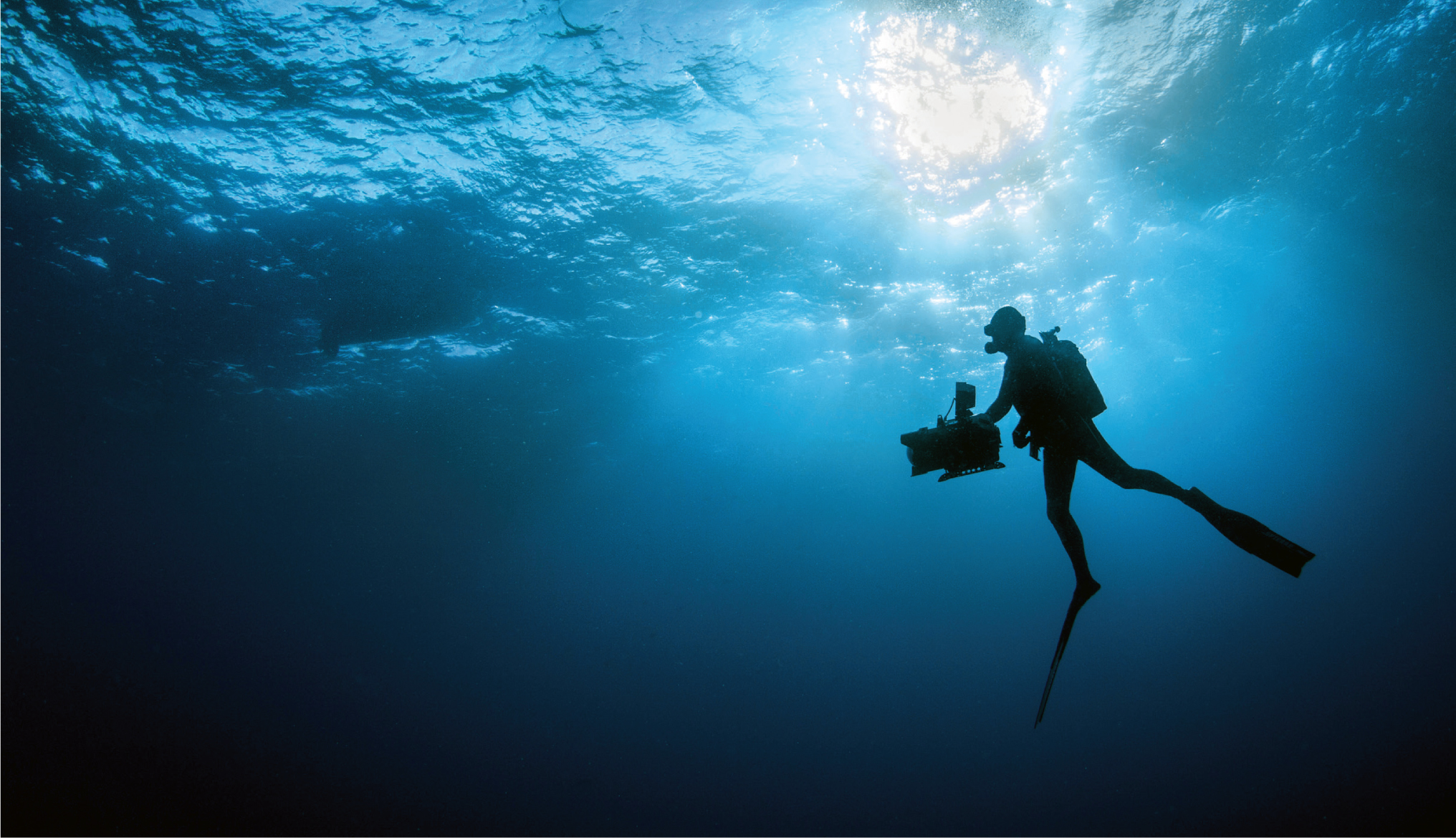
THE LONG WAIT Underwater cameraman Daniel Beecham is searching for Indo-Pacific bottlenose dolphins near Mdumbi, off the notoriously dangerous Wild Coast of South Africa.
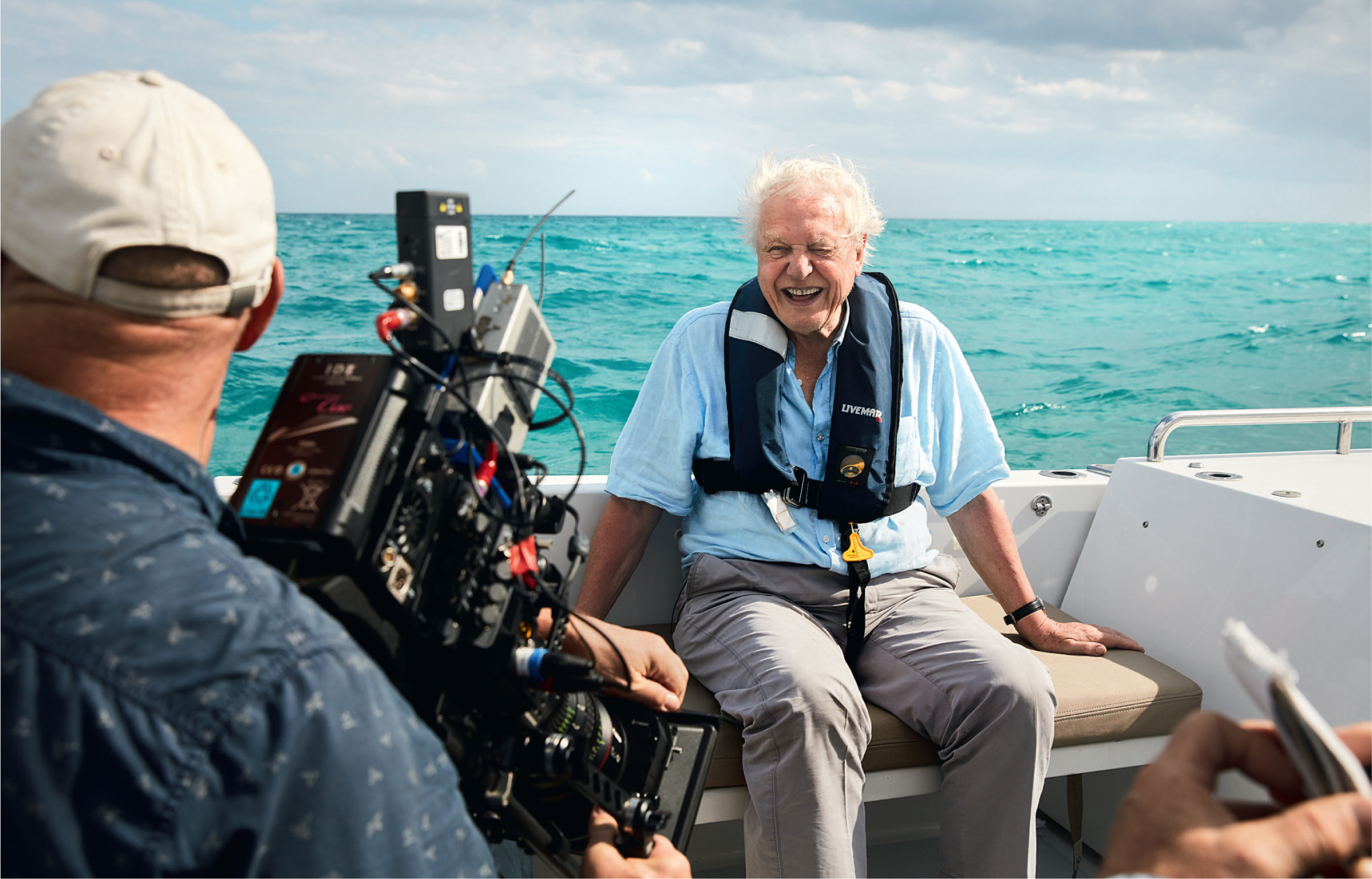
READY FOR HIS CLOSE UP Cameraman Gavin Thurston sets up the next shot with Sir David Attenborough on a boat off the Atlantic coast of Florida.
Hans Hasss particular contribution had been to build his own watertight housing for a movie camera so that he could take it with him on his dives and record this new world for everyone to see. It was a huge and unwieldy metal box with a lid with a waterproof seal and a glass plate at the front, close to the lens of the camera within. On the outside there was a stop and start button and a wire rectangle to serve as a crude viewfinder. It took one-hundred-foot rolls of film, so he was only able to shoot a total of two minutes and forty seconds of film before he had to return to the surface, take off the lid, and reload the camera. That could easily take an hour and much more than that if he had been working at any depth, for then he would be compelled to spend time decompressing on his rise back to the surface. But in spite of these problems, Hass was now shooting a new series of films. It was the first ever underwater series commissioned by the BBC. And when it eventually reached the television screen, it was a sensation thrilling, revelatory, and often stunningly beautiful.
Much has changed in the sixty years since then. Underwater cameras have become smaller and smaller. Now they shoot not film but video, so they can record hours of material before they need reloading. They are so sensitive that they can record pictures in depths far beyond the reach of the suns rays, where the only light is that produced by fish and other deep sea creatures as they find their way around in the pitch blackness. In short, there is virtually no part of the seas that we cannot explore. So at the end of the millennium, teams from the BBCs Natural History unit began work on a series called Blue Planet .
Its success was overwhelming both in terms of awards and response from viewers. But no single series could hope to comprehensively cover the undersea world. Now that we could take cameras into almost any part of the seas, how could we tackle stories in even greater detail and more revelatory ways? What were the new stories? Fishermen in the Galpagos Islands noticed that sea lions worked as a team and spread out across hundreds of metres of sea to drive tuna into enclosed bays. We could reveal that by using remotely controlled drones in the skies above. New discoveries have revealed complex communities of strange creatures living within the branches of a coral colony. So the team took lenses that had been developed to film insects in extreme close-up and adapted them to do a similar job underwater. How could we accompany killer whales on their high-speed chases? Use suction cups to attach tiny cameras to the whales flanks. Low-light cameras that had enabled us to watch lions hunting at night on the plains of Africa were now taken underwater to watch shoals of rays assemble off the coast of Mexico and see how with each beat of their triangular side-fins they produce trails of sparkling plankton glowing in their wake in an underwater ballet of astonishing beauty.
Underwater films have changed a great deal since that first shark bumped its nose on a camera. Now, stand by for Blue Planet II , and marvels beyond your imagining.
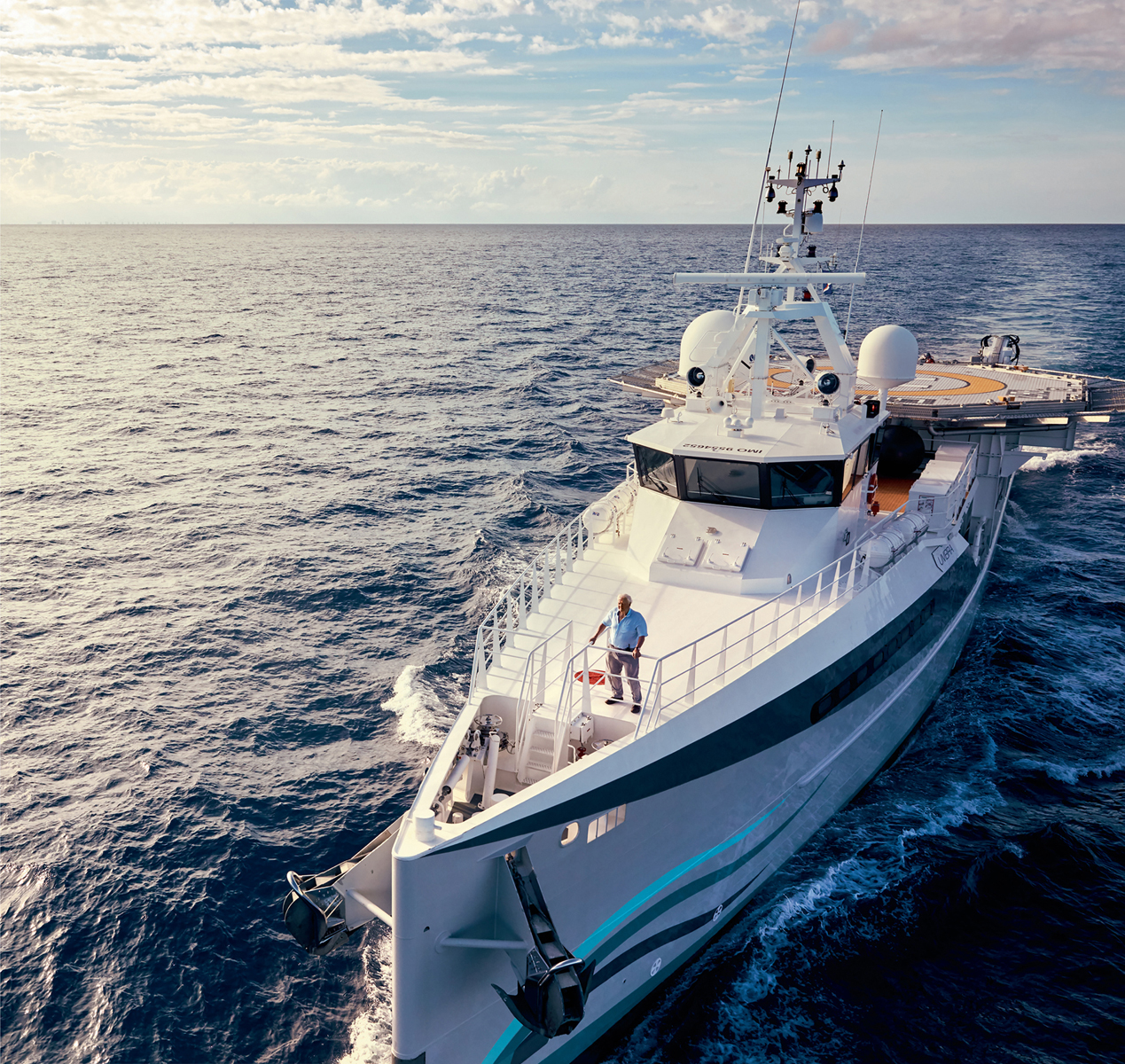
OUT ON THE DEEP BLUE Sir David Attenborough is aboard the M/V Umbra, a fast support vessel, off the east coast of Florida.
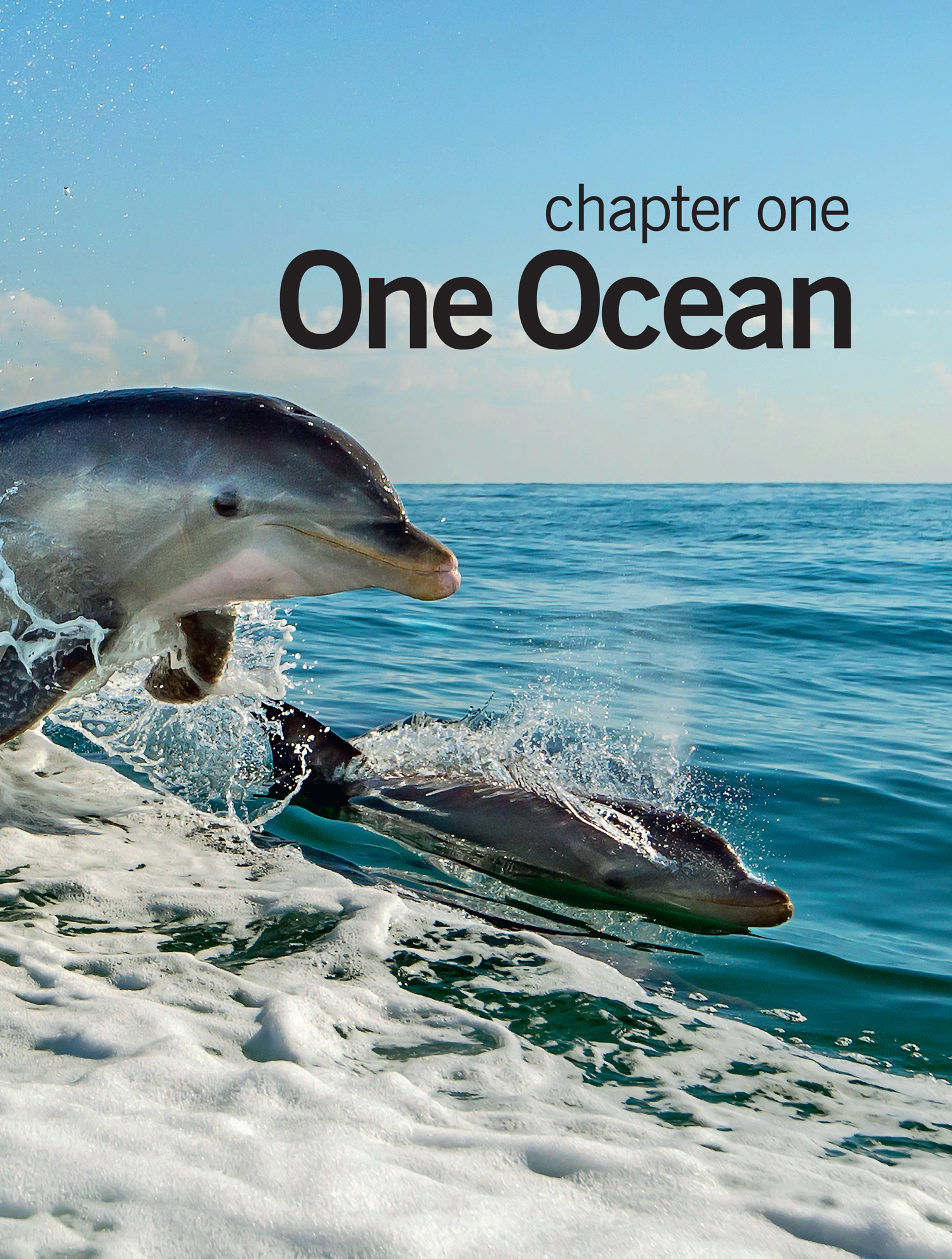
WAKE RIDERS Wild bottlenose dolphins ride the wake of a boat near Key Largo, Florida.

